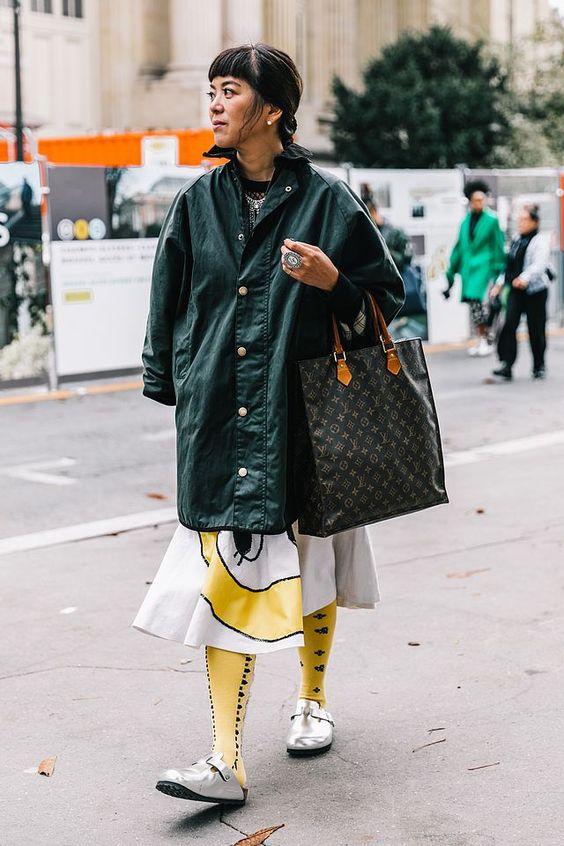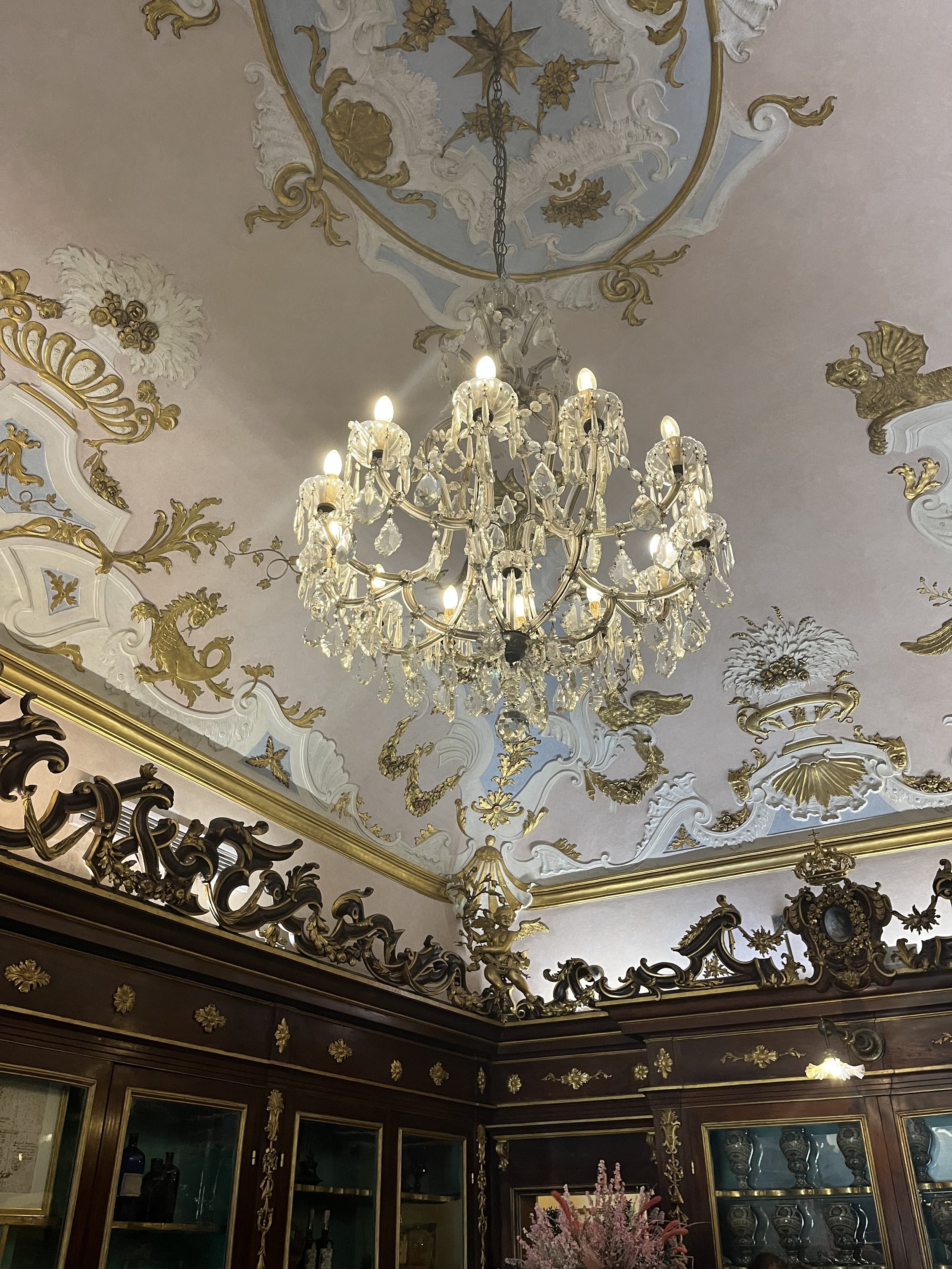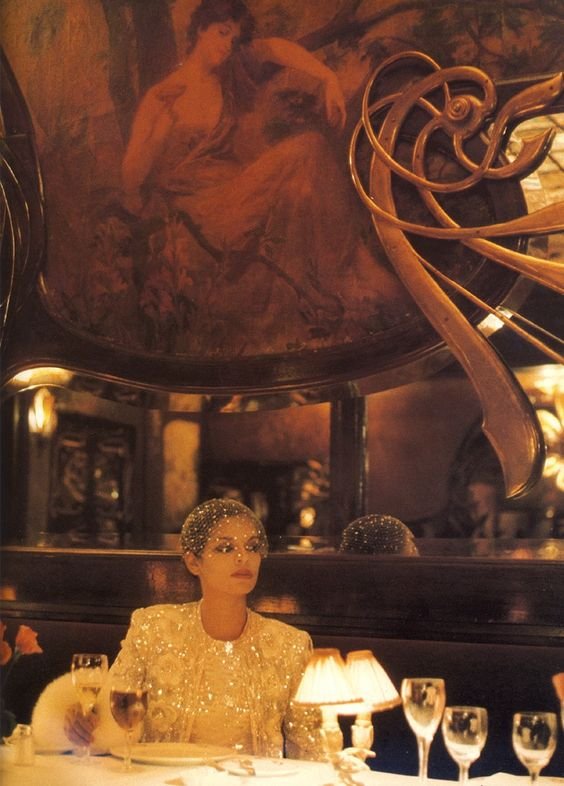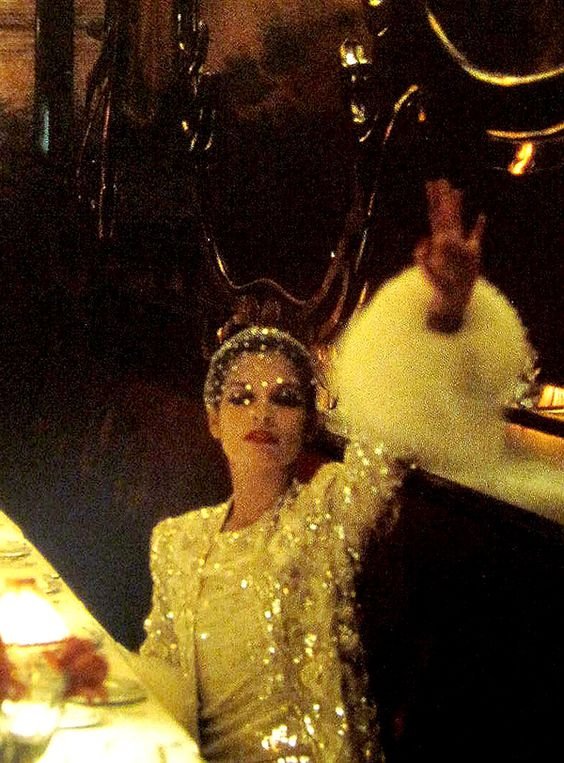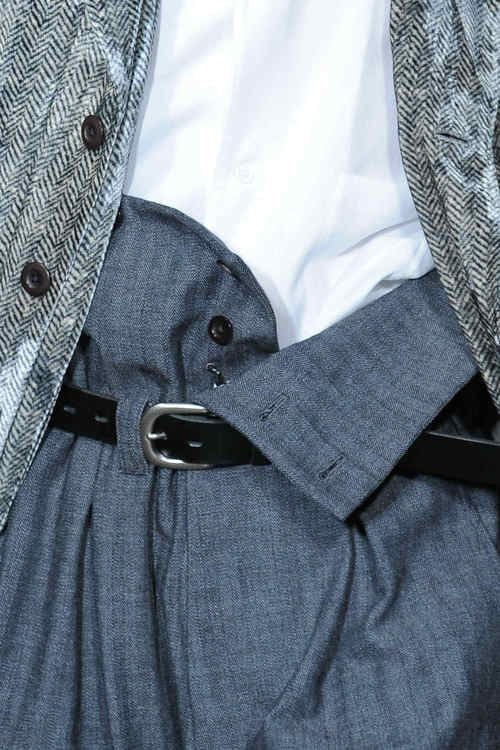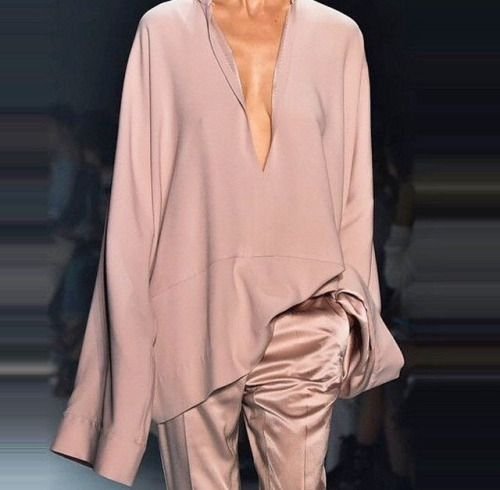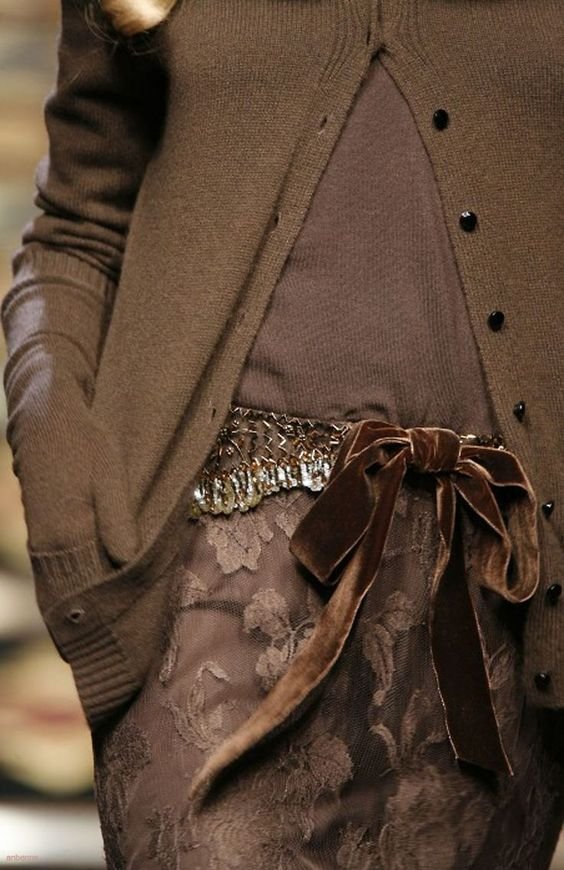It’s established by now that thrifting and second-hand/consignment/vintage purchases are the most tangible practices to convert to a more sustainable life and wardrobe.
Now let’s do it right.
SOME GROUND RULES
Some people still frown upon buying used clothes with the preconception that they are dirty, smell of mothballs, and possibly previously worn by a now deceased person. And I get it, there’s nothing more disheartening than people still believing that climate change is a hoax when we are on the precipice of a catastrophe. However, guilting people into change or pointing fingers only creates more division, polarization, and echo chambers of us vs. them. So what to do instead with the awareness of unsanitary work conditions, labor exploitation, wage theft, materials toxicity, excessive carbon emissions, 1.5 C threshold? Let’s put things into perspective: we cannot pretend that everybody is as preoccupied or interested in change, but it takes one, one step, one person, one thought in one person’s mind.
Is there such a thing as overconsumption of thrifted clothes?
Short answer: yes.
You can end up hoarding thrifted clothes you don’t have time to wear, will not grow attached to, and will eventually not wear, or not wear enough to justify even the small price you paid. You can still fall for shopping or thrifting addiction as a form of compensatory reward. After all, who would resist the deal sweetened by a satisfied conscience of buying second-hand?
It takes time and you must enjoy the process, we have grown used to the immediate gratification of a shopping cart.
On average we wear 30% of our wardrobe at any given time, which means that you can switch closets between seasons, rotate hangers, fold, and play hide and seek, it doesn’t matter: we own too much.
KNOW YOUR STYLE
Or you’ll fall for trends, micro-trends or -cores that will distract you, make you regret your decisions, and, worse, disappoint you. Know your closet, analyze it, find the holes as well as what you have in excess, what you have in multiples and keep buying but don’t wear (red flag).
LASER FOCUS
One item at a time, know what you are fishing for that day or needs a refresh. Be patient and strategic, word to the wise? Look for cashmere or coats in the summer when the best deals are available
Check material composition and avoid like pestilence polyester in any percentage. As for natural materials, choose 100% cotton, wool, cashmere, silk, linen, hemp, and angora.
Be creative and open-minded
Because you’ll never find exactly what you saw on Vogue Runway or in a magazine (I still read printed magazines) or promoted by an influencer, if you are into vintage, sizes, seams, cuts, and fabrics play an extra role, if you want shorts, go to the man dress pants section, trust me.
set a budget
Thrift stores have meager prices, but if you haul it becomes burdening. Go with cash only and that’ll settle it, like a kid with an allowance. When you search on TRR, VC or Thredup you are subject to that add-to-cart temptation but you can set a personal rule (which I did and, promise, it works) only buy something after having sold something.
Do short and sporadic visits
Use your lunchtime so you’ll have restrained time and you’ll concentrate on what you are looking for, go to that section and remember, that man tailoring is way better: blazers and pants especially.
Know a good tailor or seamstress
because possibly anything you buy will have to be altered, mended, hemmed, shortened.
ENJOY
not all the times you’ll find something, and that’s perfectly fine.



